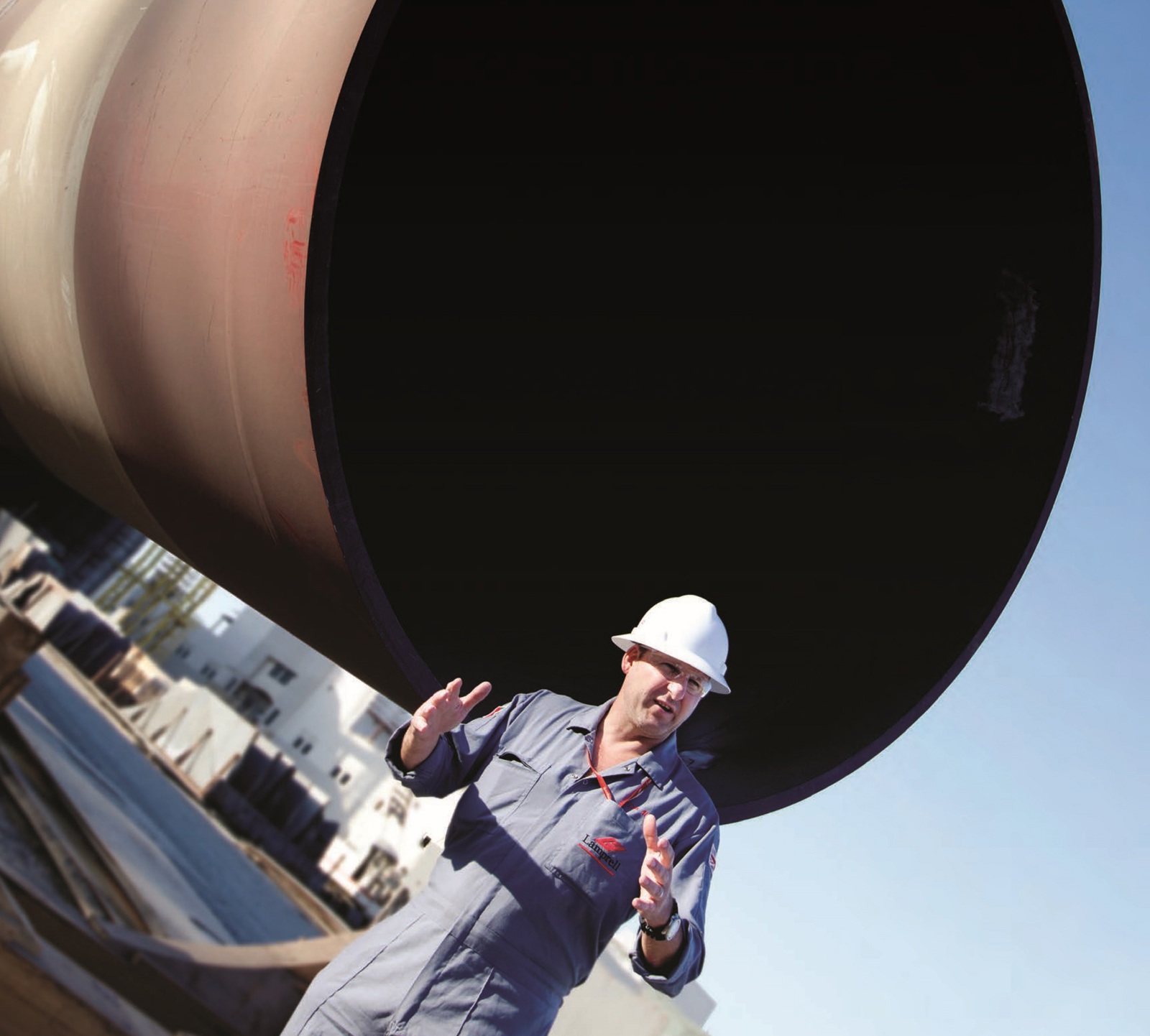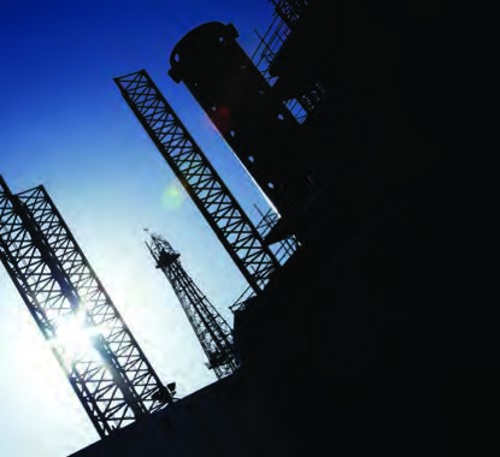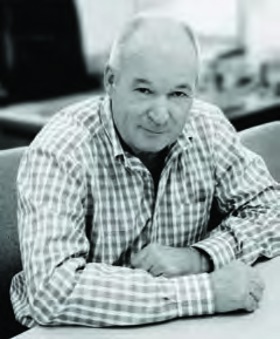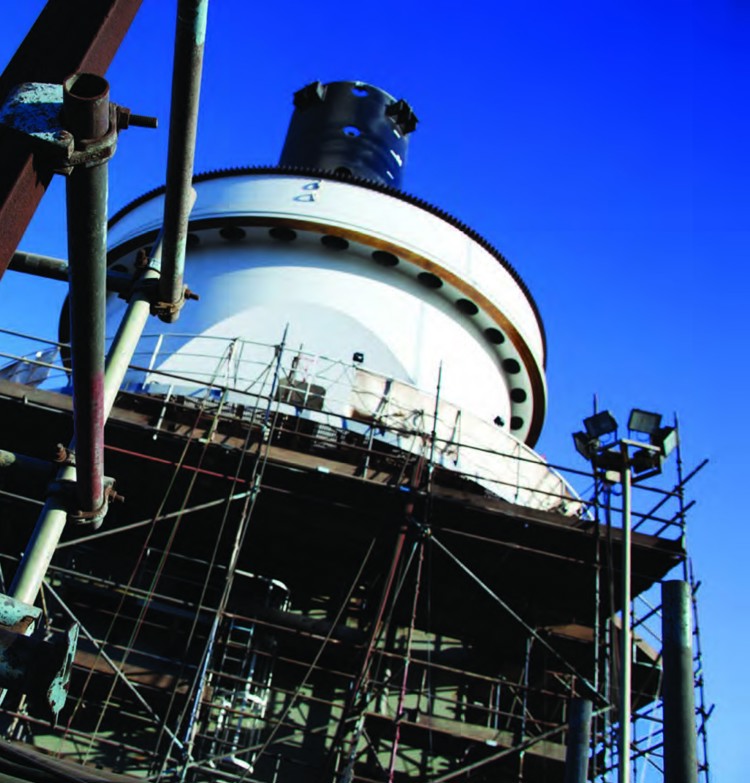
Seajacks harnesses wind for growth
Wind turbine installation vessels (WTIVs) may not be a familiar sight on the high seas as yet, but, with government subsidies fuelling growth in this renewable energy source, you can expect a few more to blow onto the industry horizon in the near future.
-
Text:Kongsberg Maritime Communication
-
Gunvor Hatling MidtbøVice President, Communications
Demand for WTIVs is growing in line with the sector they serve and several newbuilds are currently underway to fill a perceived gap in the market.
This flurry of activity has some market observers suggesting that over, rather than under, supply may soon be the real issue – possibly by as soon as the end of 2013.
However, this is not a school of thought that Kevin Alcock, Vice President New Build Projects at Seajacks, subscribes to. He believes the demand is there to justify the creation of several new WTIVs of varying sizes, including Seajacks’ latest addition Zaratan, the construction of which Alcock is currently overseeing at the Lamprell shipyard in Hamriyah, UAE.
“Each field has a different operating environment, sometimes the smaller vessels are better suited and sometimes the bigger ones are. But there is plenty of demand and I predict this will continue for the foreseeable future,” says Alcock.
And with contracts signed for the two existing vessels in the Seajacks wind installation fleet, Leviathan and Kraken, Alcock should know. But just in case his forecast falls short, Seajacks has a back-up plan as the vessels vessel, Leviathan. Zaratan will lay the monopiles with Leviathan following behind installing the transition pieces. Both vessels will then install the wind turbine generators. This two-rig installation strategy maximises the flexibility within the Seajacks fleet. were also designed and built for use in oil and gas operations.
At 81 metres long and 41 metres wide, the Seajacks Zaratan is larger than the first two Seajacks vessels. Her first project is located in the German North Sea at Meerwind, where it will be accompanied by another Seajacks
REFINING THE CONCEPT
Seajacks encouraged operational employees to provide feedback based on their experience on the two first WTIVs in the Seajacks fleet. These suggestions were then reviewed and, where appropriate, included in the final specifications for Zaratan. This process of steady refinement corresponds with Seajacks’ rig building philosophy – namely that quality and reliability trump, what Alcock calls, “Innovation for innovation’s sake.”

“There’s always a place for innovation, but it needs to be based on a solid framework. When it comes to rigs, the most important thing is a sound and workable design. Once you have that, then you can start to think about refinements.
“We learned a lot when constructing and operating our previous two rigs, which are similar, but smaller than Zaratan. The modifications that came out of that process were incorporated into the design and we are looking forward to seeing a better end-result,” he says.
As wind installation vessels are generally contracted on a day rate, huge losses are incurred if a vessel is out of commission due to technical failure. This is why Seajacks has a strict list of pre-approved suppliers, focusing on quality and reliability.

“Being closely involved on the engineering side throughout the project has allowed us to guide decisions, leading to a better final product” - Tor Martin Flåten Senior Project Manager, Kongsberg Maritime
FEWER SUPPLIERS
Many builders pride themselves on employing an army of mini-suppliers, billed with developing individual parts. Seajacks, however, finds this approach difficult to manage and fraught with danger. Instead, explains Alcock, they prefer to work with fewer, trusted suppliers.
“It’s one thing to have good parts, but integrating those parts can be problematic. You reduce this risk when you work with a small number of sub-contractors responsible for handling large parts of the project. For example, GustoMSC designed the basic vessel structure, the jacking system and the crane – if we had purchased each of those parts from different suppliers, integration would have been more difficult,” he says.
In line with this approach, Kongsberg – in conjunction with Norwegian Electrical Systems – is supplying, sub-contracting and integrating all the electrical and automation apparatus on the vessel as well as delivering engineering services throughout the project. According to Senior Project Manager, Tor Martin Flåten, the combination of delivering a complete package and transparent cooperation with the other partners enables Kongsberg to deliver an excellent service.
“We are delivering our entire range of products and services on this project. That, combined with the close partnership we have shared with the other stakeholders from the start of the project, provides us with a great opportunity to deliver an excellent service. Being closely involved on the engineering side throughout the project has allowed us to guide decisions, leading to a better final product,” he says.

ACCURATE POSITIONING CAPABILITY
Installing offshore wind turbines requires extreme positioning accuracy. That is not easily achieved in the North Sea, especially in winter – leading some to question wind-farm installation as a viable year-round activity. In addition to the operational equirements, Alcock says Zaratan’s fully redundant Dynamic Positioning 2 (DP) propulsion system makes economic sense, as it shores up any possible contractual obligations due to safety requirements.
“The nature of wind-farm installation makes a robust DP system essential for safe and effective operations. Indeed, you can’t win contracts unless customers know your rigs have a strong DP capability. With regards to the seasons, we’ve found that the weather is not as problematic as has been predicted; Zaratan is purpose built for such conditions. We also monitor weather patterns carefully and have the possibility of jacking up and riding out bad weather, if necessary,” he says.
AFTER CONSTRUCTION
Seajacks Zaratan will be delivered in May 2012. The rig will then be taken – by heavy lift transport – to Rotterdam, where it will mobilise for a contract with WindMW GmbH to install a new wind farm in the German sector of the North Sea. Seajacks Leviathan is also contractedfor the same project.